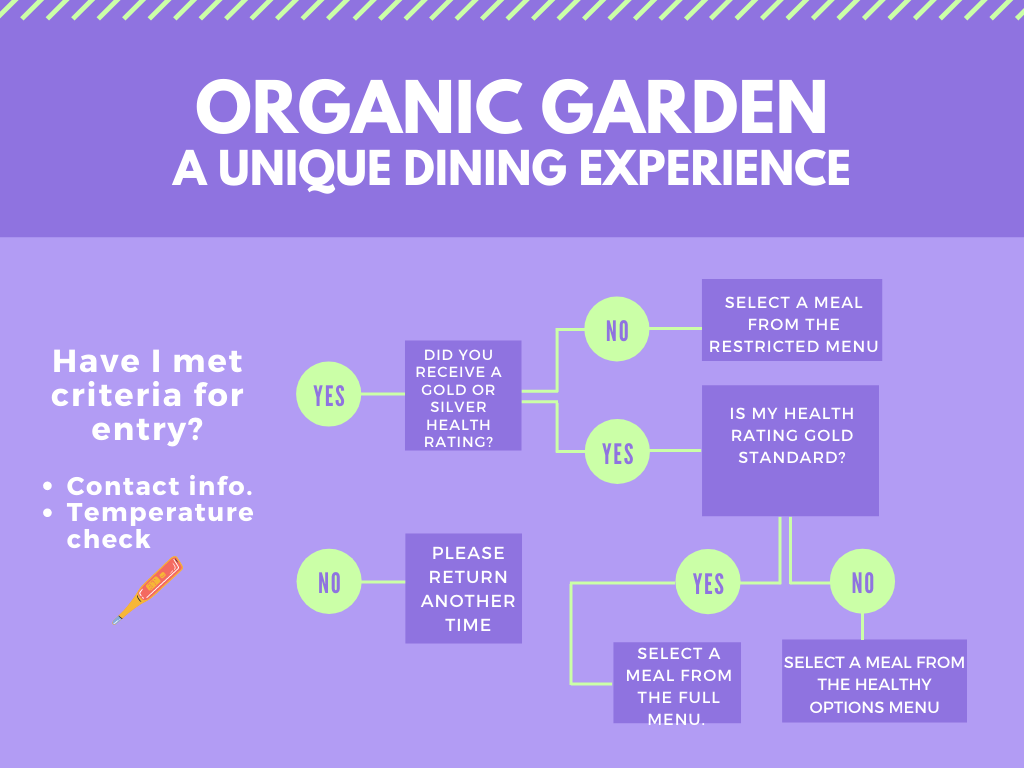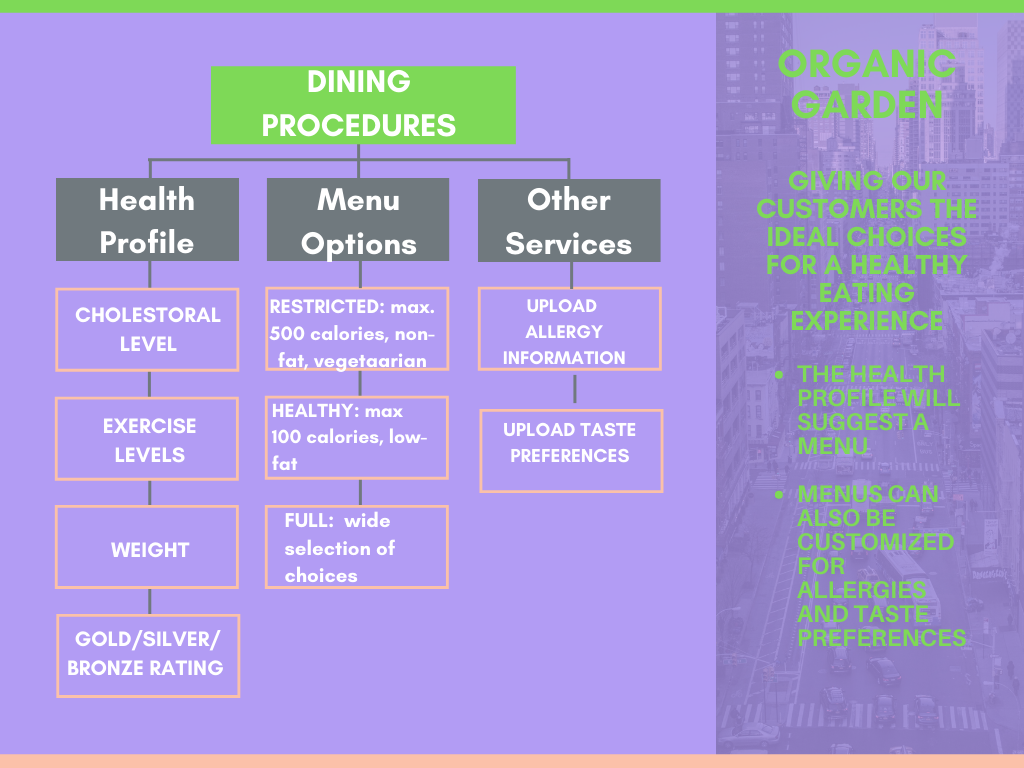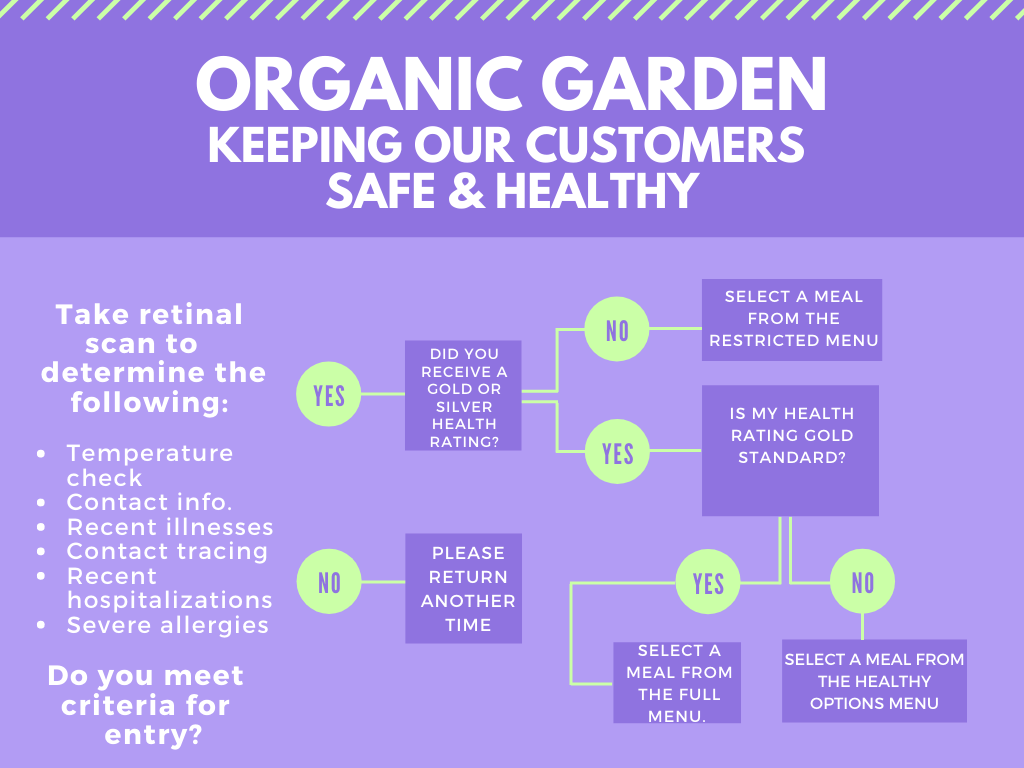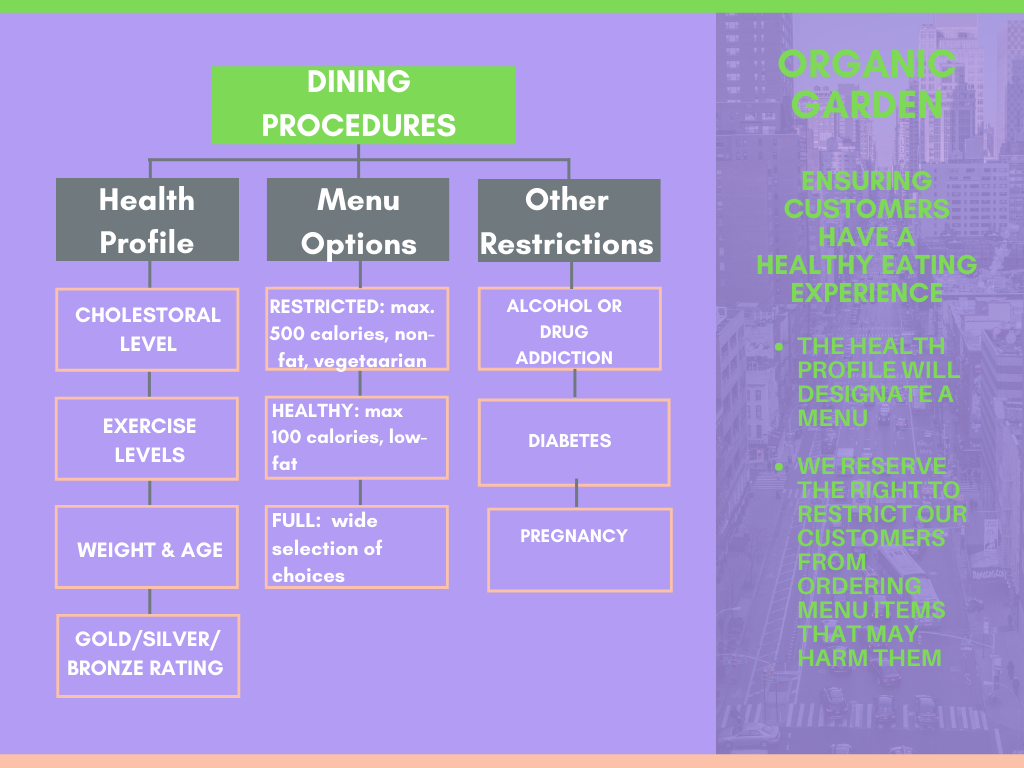Speculative design can lead to a number of interesting possibilities. One purpose can be to draw attention to “factors that may lead to undesirable futures” (Dunne & Raby, 2013, p.6). For instance, modern technology clearly has limitless benefits, however there is mounting evidence that some affordances may have negative consequences for certain groups. Algorithms are one example. While they often have an intended purpose to improve society, they sometimes fail to meet this goal. A fascinating example is provided by O’Neil (2017) where a program which was designed to use algorithms to reduce crime rates ended up reinforcing discriminatory police practices. Another example of misused technology relates to AI technology. In “Lessons from the AI Mirror” Shannon Vallor describes how AI can sometimes highlight issues surrounding existing ethical dilemmas. One example would be safety concerns related to self-driving vehicles. Rather than reject technology, however, she proposes that we “improve machines by improving ourselves.” It was this insight that led me to my speculative design. I decided to focus on technology that could be used for a very positive purpose but could also easily be misused and cross the lines into restricting rights and invading privacy.
My speculative design focusses on the experience of dining out in the future. I envision restaurants of the future being far more interactive, which is already happening now as menus are accessed through scanned bar codes. This same technology could allow people to select menu items based on their specific nutritional goals, health circumstances, allergies, and preferences. This could be a very beneficial use of technology, and I could see a private/public partnership as governments look to decrease the number of people relying on healthcare services by being more conscious of their eating habits. Algorithms could be used effectively to predict the health outcomes of certain menu choices.
This potential is seen in the first menu, where the focus is on providing customers with a safe and healthy experience. Technology is used to ensure patrons are not ill. The information guests provide is voluntary and is used to determine which menus will support their current health status. In this speculative future technology assists customers but does not necessarily restrict their choices.


Like most technology, however, the purpose it is designed for can come with possible negative side effects. Encouraging consumers to select menu items based on health considerations could easily be manipulated. Governments could legislate that individuals are only allowed to access certain items based on pre-existing conditions they reveal upon booking. We are already providing phone numbers…is it that much of a stretch that a retinal scan could share personal health details. Suddenly items would be restricted based on health history. Even entry to the restaurant could be denied for a variety of reasons. This would all happen under the guise of promoting health and protecting customers but could so easily cross the line to limiting personal freedoms.
This potential is seen in the second menu, where a more rigorous test is given before customers are allowed entry. The health profile does not lead to a suggested menu, but a required one. The profile is more detailed and takes age into account. As well, there are a series of restrictions based on personal history like alcohol or drug addiction. In this restaurant of the future, a diabetic would not be allowed to order dessert, or an addict a drink. While the goal would be to improve society, clearly there are major concerns related to privacy and personal freedom.


The two designs are intentionally different in quite subtle ways. This demonstrates that there is a fine line between how the very technology that is designed to benefit society can easily be manipulated for darker purposes. Ultimately, the dining experience of the future described here is representative of Dunne & Raby (2013) description of speculative design as “tools to better understand the present and to discuss the kind of future people want, and, of course, ones people do not want” (p.2).
References
Dunne, A., & Raby, F. (2013). Speculative Everything: Design, Fiction, and Social Dreaming. Cambridge: The MIT Press. muse.jhu.edu/book/28148.
O’Neil, C. (2017, April 6). Justice in the age of big data. Retrieved July 20, 2020, from ideas.ted.com website: https://ideas.ted.com/justice-in-the-age-of-big-data/
Vallor, S. (2018, November 6). Lessons from the AI Mirror [Video file]. Retrieved from https://www.youtube.com/watch?v=40UbpSoYN4k&feature=emb_logo

Hi Helen!
I love this idea! It’s super similar to my Task 12, but everyone is mandated to receive food boxes and an algorithm chooses the foods for them! I will reflect more on yours in my linking assignment.
I am super intrigued by your ideas on health scans at restaurants – most people know what foods and drinks they should and shouldn’t have, but often choose to have “just a little” (or a lot). I wonder if a plan like the one you’ve speculated above would help reduce our healthcare costs and the stress on hospital capacities? Or would people just not go to restaurants and cook their food at home?
Hi Margaret. Thanks for you comments. I’m intrigued by these speculative futures as well. I love dystopian films and novels, so I enjoyed speculating about a future where our health is controlled and monitored more closely for to benefit the healthcare system. I don’t think it’s that unrealistic especially considering government involvement in citizens lives really varies. Something to think about!
Hi Helen, I love the idea of these menus as your speculative futures. It was incredibly creative to have come up with this angle for your narratives.Well done! Personally, I’d really like to try out Menu 1, just out of curiosity to see what items are suggested for me. A digital or A.I. nutritionist at hand every time I dine is quite a novel idea.
Thanks Carla. My original conception was that a more interactive menu could have a positive impact. It isn’t that far from the calorie counts now found on many menus. What was interesting was to think how something with potential benefits could be manipulated to infringe on a person’s freedoms, and how there is such a fine line between influencing and controlling the choices people make.
Hi Helen,
This was so well done! The visual graphs helped your point really come across, and the fact that the difference between helpful and harmful is so small is super poignant.
It would be great if technologies becomes a third arm that helps people achieve what they do want, but it is hard to make it happen I guess. Each person may want something subtly different to the next person, and it’s hard to capture that nuance or predict those desires.
Really really like this, gonna be thinking about it for a while.
Thanks Jamie! I appreciate your comments!